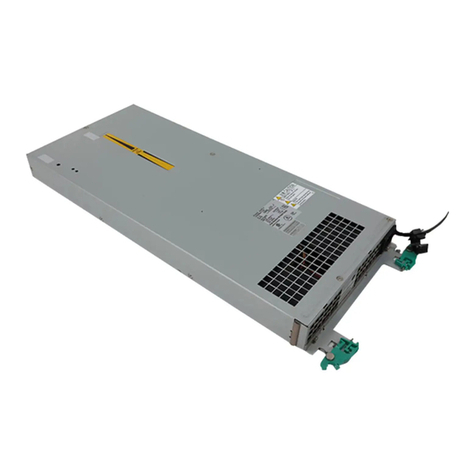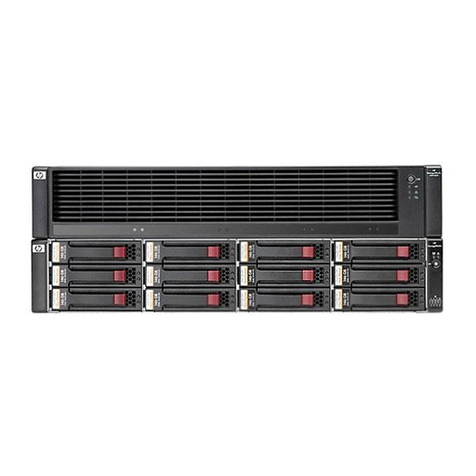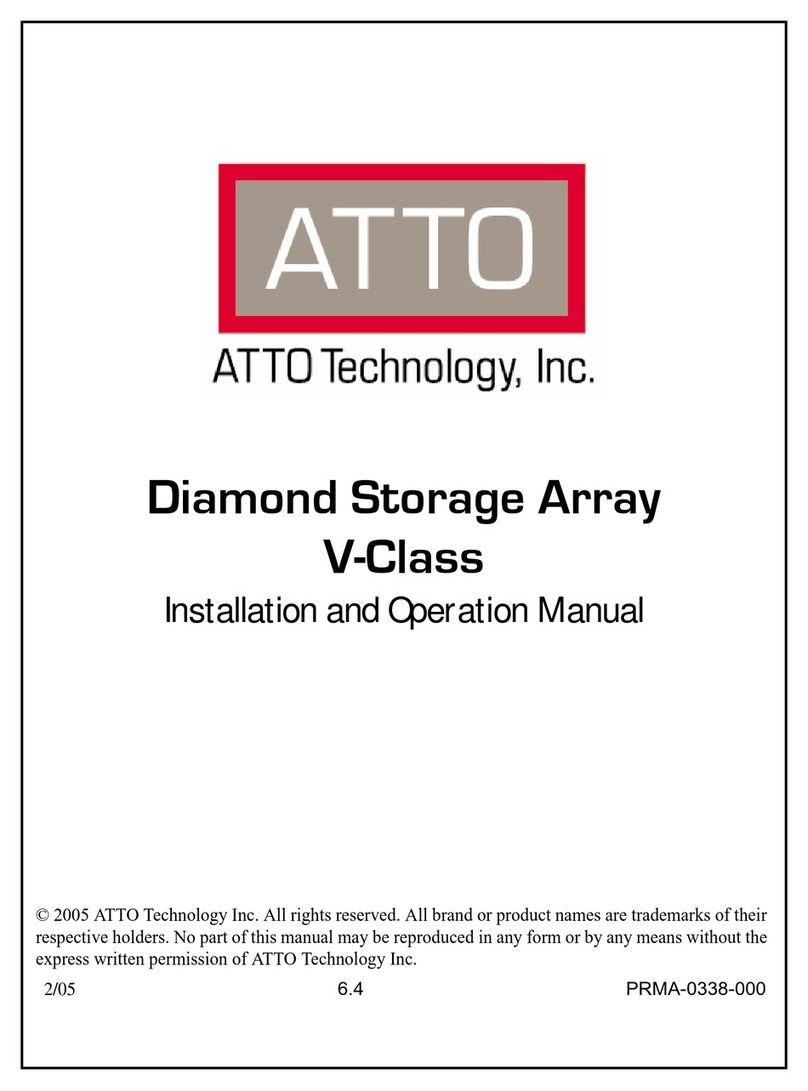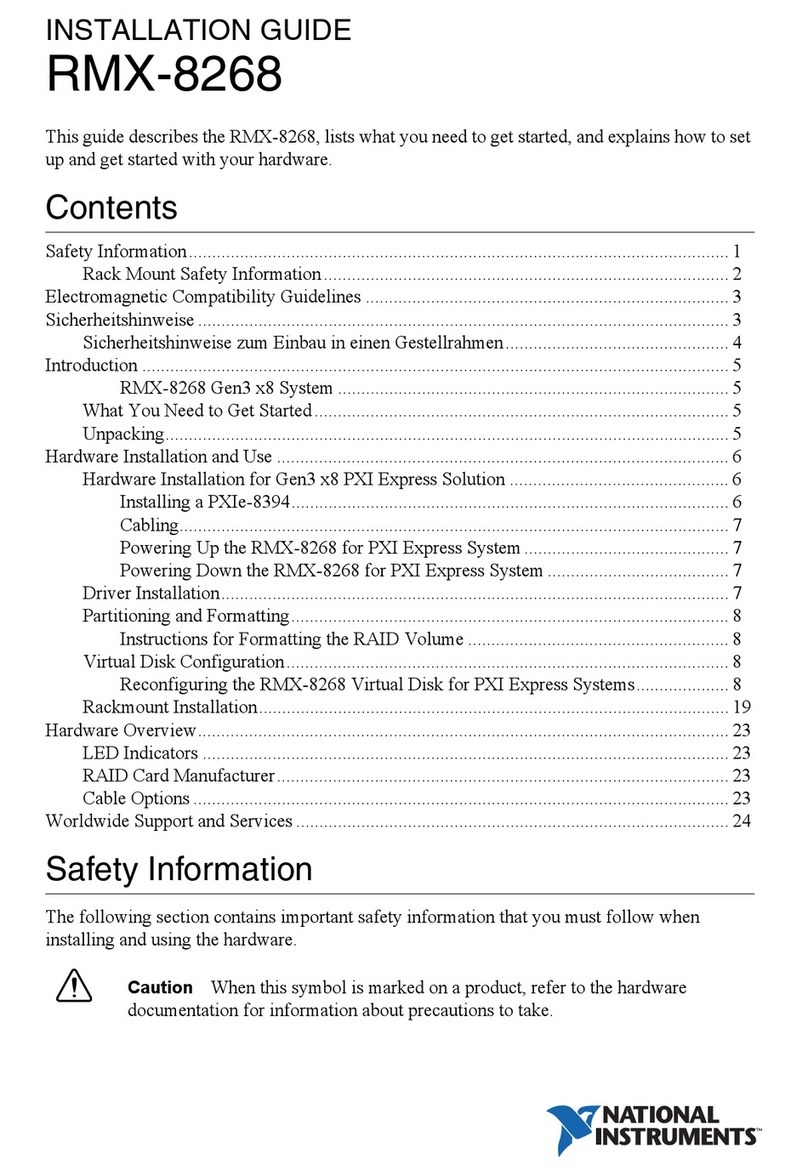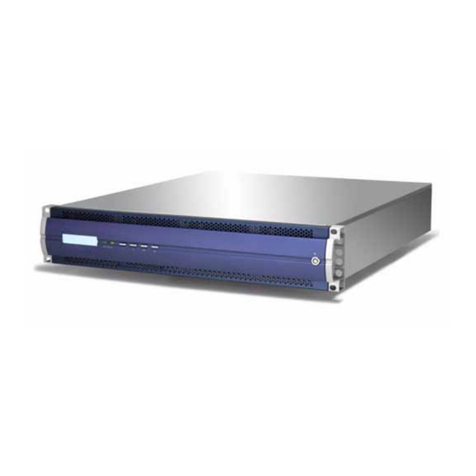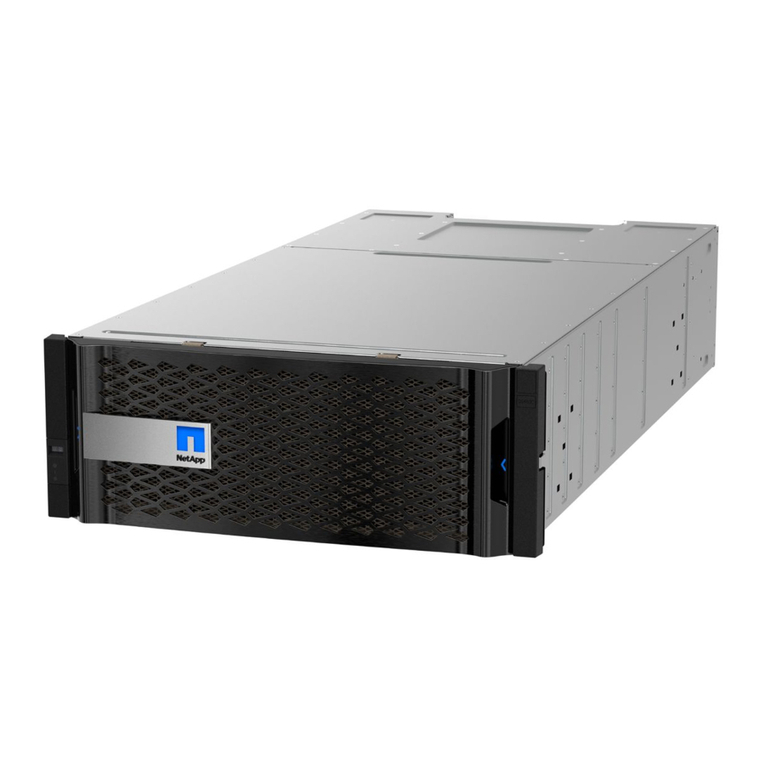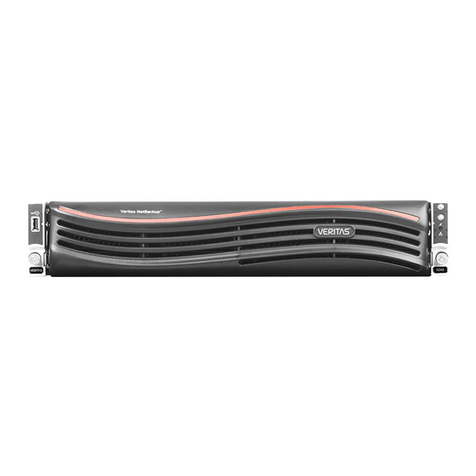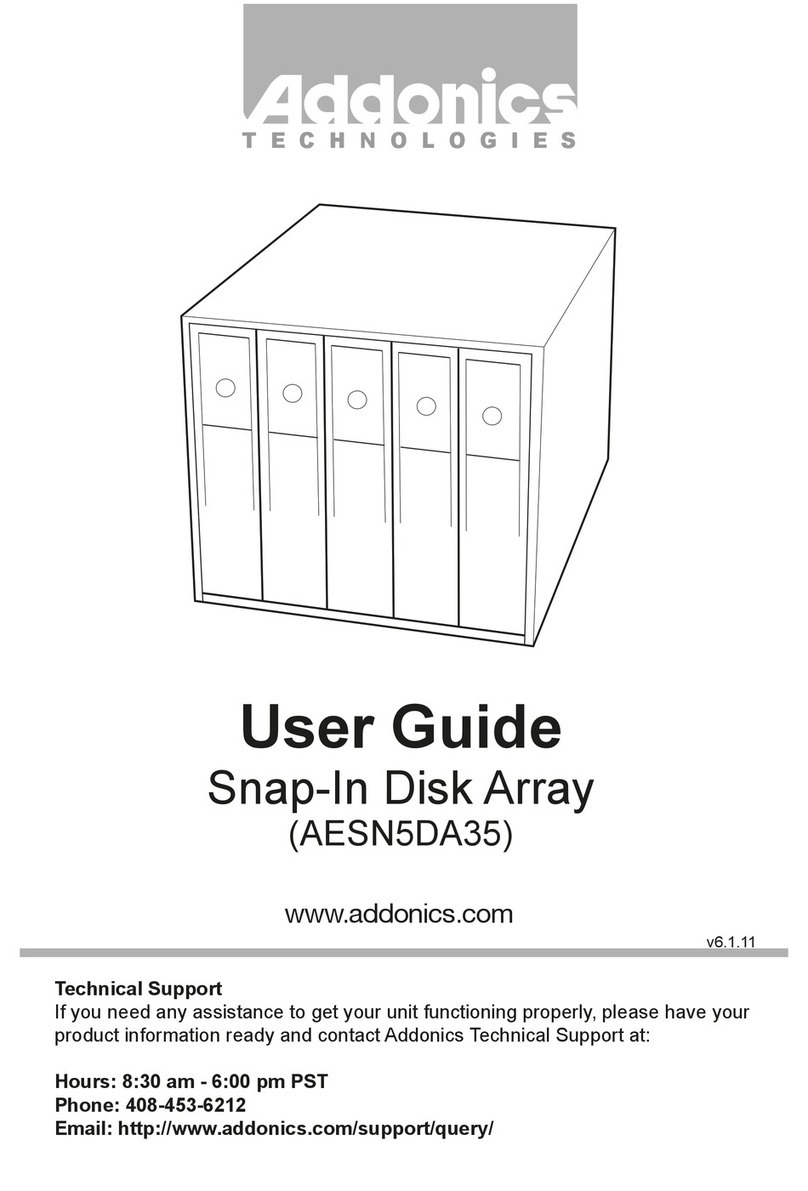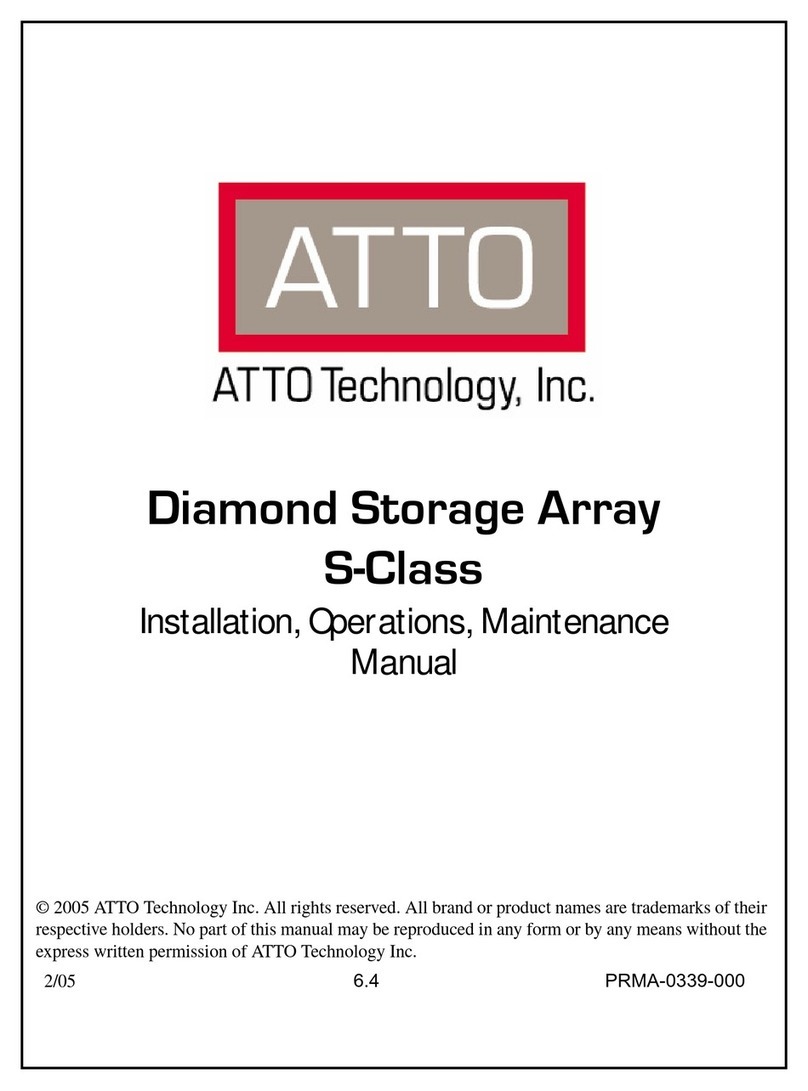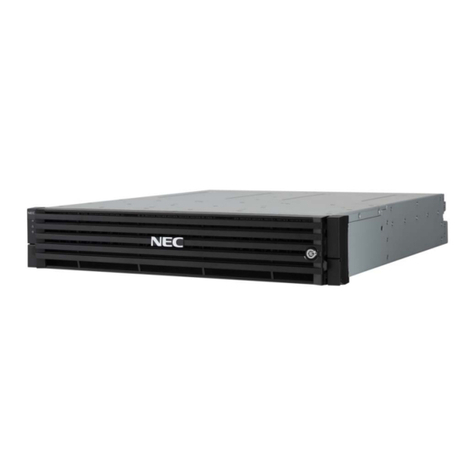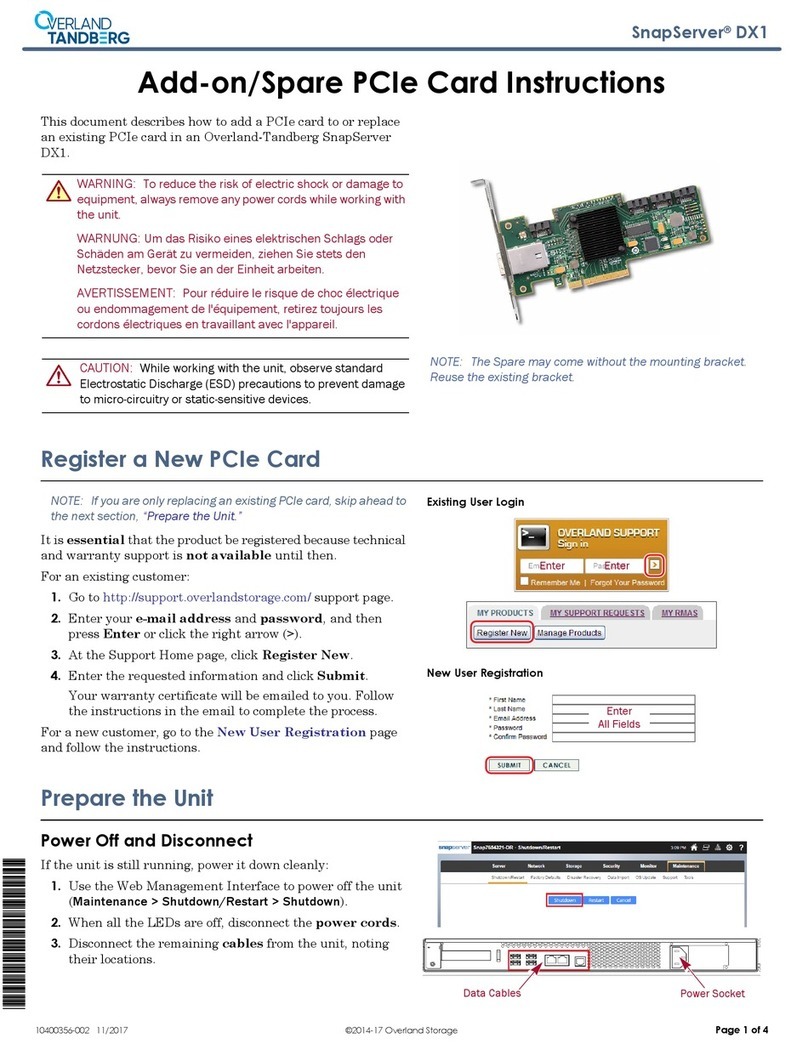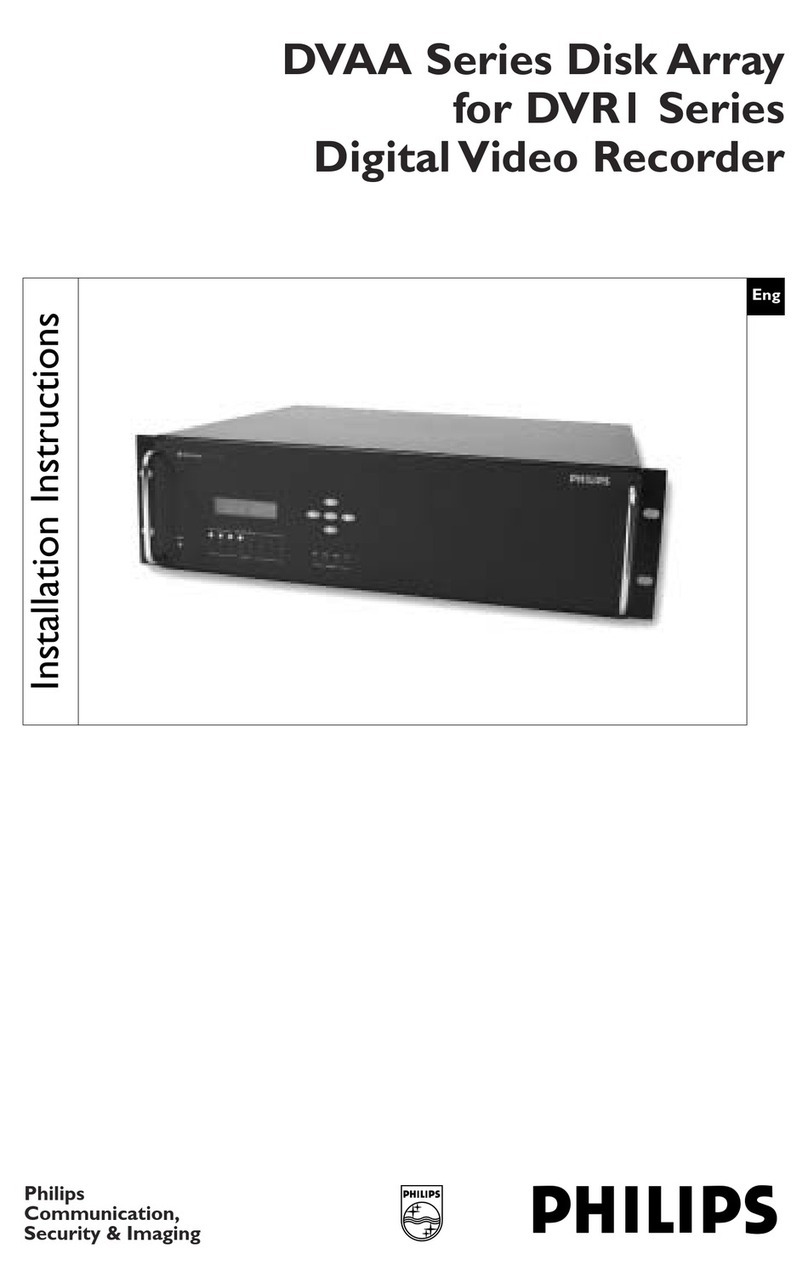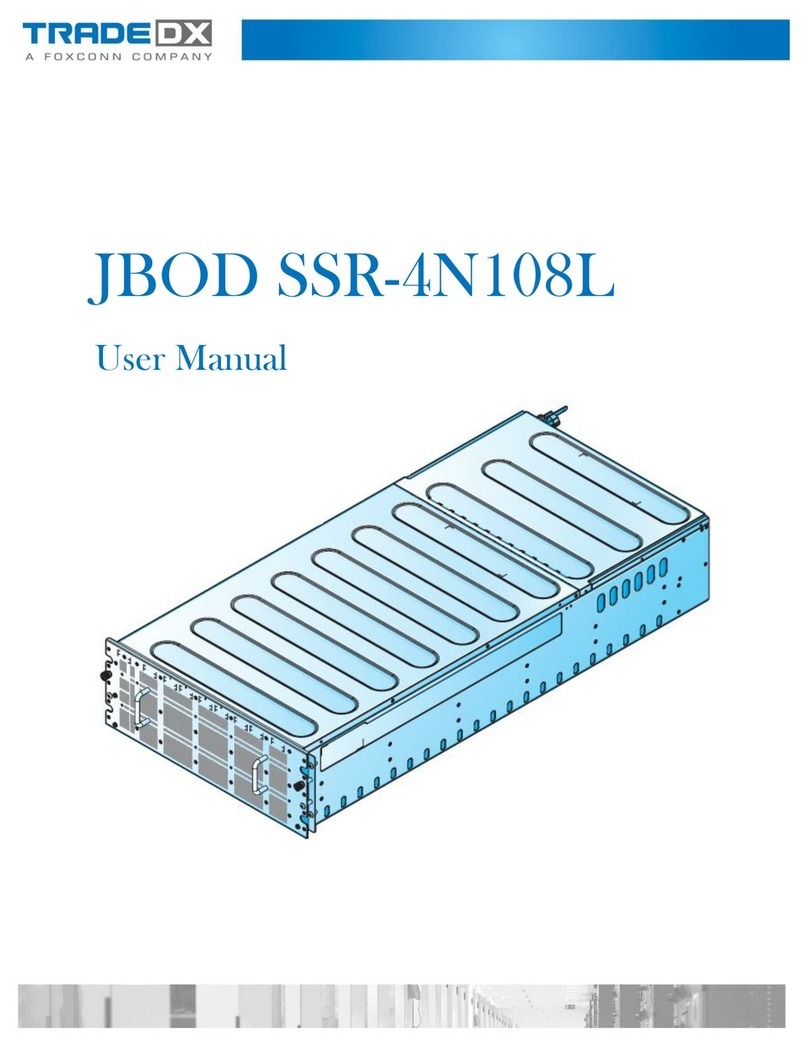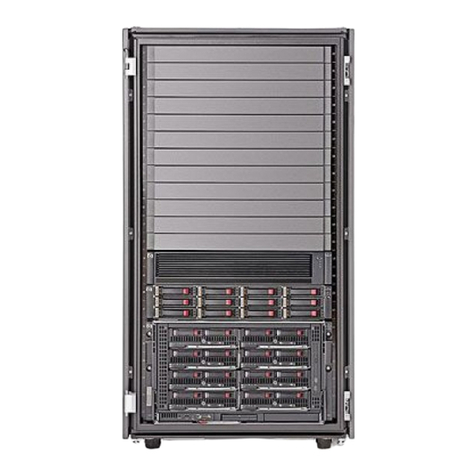
1-2 SANnet II 200 FC Array Quick Installation Guide • March 2005
1.1 Refer to Your Release Notes
Refer to the SANnet II 200 FC Array Release Notes to see late-breaking information
including required patches and supported hardware and software. The release notes and
other documentation for this product are available online at:
http://www.dothill.com/manuals
1.2 Site Planning
Refer to the SANnet II 200 FC, SATA, and SATA SE Array Installation, Operation, and
Service Manual to see detailed information about preinstallation site planning. Fill out
the preinstallation worksheet before you unpack and set up your SANnet II 200 FC
array.
1.3 Unpacking the Array
Follow these guidelines for unpacking the equipment.
Caution – Always use two people to remove the unit from its container, to avoid
personal injury or damage to the equipment during installation. This unit weighs
approximately 60 pounds (27 kg).
1. Select a suitable area for unpacking.
2. Store all packing material and boxes for possible equipment returns.
3. Check the Contents Sheet in your product package.
The Contents Sheet summarizes the standard contents for your product.
4. Compare the packing slip and the list of parts with the items you received.
If the list of parts on your packing slip does not match the items you received, or any
items appear damaged, immediately notify your carrier agent and the supplier who
prepared your shipment.
5. Carefully examine the cables provided in the package.
If any cable appears to be damaged, contact the Technical Service department for an
immediate replacement.
6. To complete the installation, you must provide a minimum of one fiber-optic cable per
host to connect a host to a RAID array. Two fiber-optic cables are required for a
redundant path configuration.
To obtain qualified cables, consult your Dot Hill sales representative.
